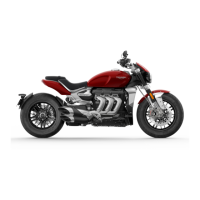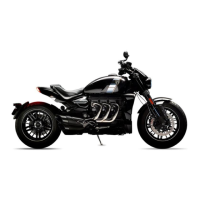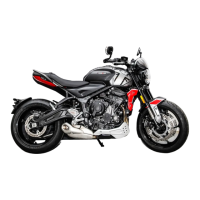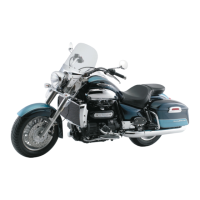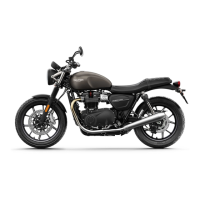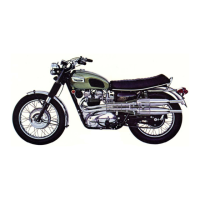VALVE
PUSH RODS
AND
COVER TUBES
Push
Rods. Examine the end cups for chips around the edge, slackness on the tube
and general wear inside the cups.
For any of these faults, the push rods must be
renewed. Bent push rods can cause undue noise and loss of power, so before
replacing them to the engine, examine each one for straightness by rolling them on
a tiue surface which
could show up any irregularity.
Cover Tubes. If oil leakage is to be avoided after an overhaul, always ensure that
the ends are tight on the tubes and in no way damaged.
CRANKCASE
UNIT
Main
Bearing. Remove the timing side bearing retaining ring (where fitted), and
press out the timing and driving side main bearings. This can be more easily accom-
plished by warming the crankcase. Wash thoroughly and dry out with compressed
air
if
possible
as
this will tend to remove any small particles of foreign matter. Spin
the outer race to test the bearing for roughness and then inspect the balls and track
for signs of indentation or pitting. Finally, test the end float which should be
negligible in a good bearing. Replace if any fault
is
shown.
Crankcase. Wash the crankcase halves and inspect ail stud fixings for security and
the casting for cracks or damage. Remember, if one half of the crankcase
is
damaged,
a
complete new crankcase must be purchased as these are machined in pairs.
The
camshaft bushes normally shbw very little signs of wear until a considerable mileage
has been covered. To make a rough check,
fit
the camshaft into the bearing and
ascertain the up and down movement. if
it
is
desirable that the bushes are changed,
proceed as in the following paragraph.
Camshaft Bushes. To remove the bushes in the timing side half, heat
(lOO°C.
approx.) the crankcase around the bush housing when the bushes can be easily
pressed out. While rhe case is
still
warm, press in the new bushes, ensuring that
the oil hole
is
lined up with the driiiway in the housing. The removal of the drive
side bushes is
a
little more difficult and
it
is necessary to cut a thread in the bushes
with
a
tap before heating the crankcase. When this
is
done, re-insert the tap and
hold the square end in the vice when the crankcase can be gently tapped away with
a hide hammer leaving the bush attached to the tap. Located behind the rear bush
is
the breather valve porting disc. Before replacing the new bush, ensure that this
disc
is
correctly positioned on the locating peg.
/
If the temperature of the crankcase half has dropped, re-heat and then press in the
new bushes. The phosphor bronze bushes are machined to size before pressing
in, and only the smallest amount of metal need be removed when reamering.
To
ensure accurate alignment, the two halves should be bolted together before
reamering.
1
Scavenge Pipe.
Check this pipe for security and ensure that a perfect oil seal
is
made where
it
enters the crankcase at the pump position.
Failure at this point
would reduce oil scavenge to the minimum.
I
I
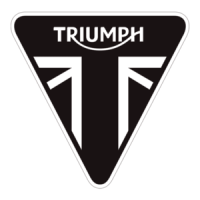
